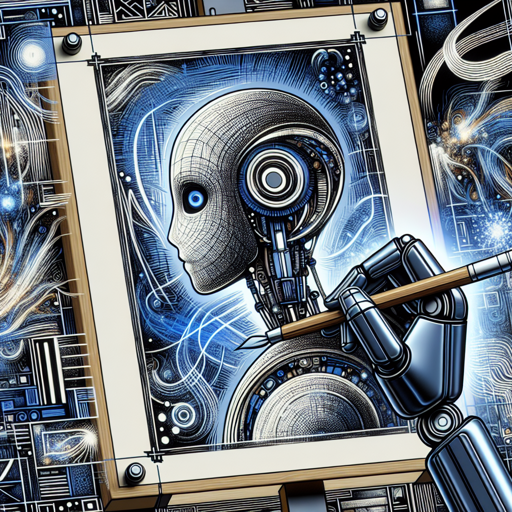If you’ve ever wished to bring your visual ideas to life with the assistance of AI, the ControlNet-Scribble-SDXL-1.0 model is here to help you do just that! This innovative tool can generate high-resolution images comparable to popular platforms like Midjourney, all while accommodating various types and widths of lines. Let’s dive into how you can get started with it and unleash your creativity.
Understanding the ControlNet-Scribble-SDXL Model
Imagine the ControlNet-Scribble-SDXL model as a powerful artist. This artist has been trained on over 10 million images, learning not just to replicate existing styles but to enhance and create new visuals based on your sketches and descriptions. It can handle a range of line types, from simple scribbles to intricate art styles, adjusting its output based on how detailed your prompts are.
How to Get Started
To harness the power of the ControlNet-Scribble-SDXL model, follow the steps outlined below. You’ll use Python and several libraries to get going.
Step 1: Set Up Your Environment
- Make sure you have Python installed on your system.
- Install the necessary libraries by running:
pip install diffusers opencv-python torch
Step 2: Implement the Code
Use the following code snippet to load the model and generate images:
from diffusers import ControlNetModel, StableDiffusionXLControlNetPipeline, AutoencoderKL
from diffusers import DDIMScheduler, EulerAncestralDiscreteScheduler
from controlnet_aux import PidiNetDetector, HEDdetector
import torch
import numpy as np
import cv2
from PIL import ImageIn this code, you import various libraries to help in generating images. You can think of it as gathering all your art supplies before starting a new project!
Step 3: Prepare Your Input
The success of the model greatly depends on how detailed and precise your input (sketch and prompt) is. Use any kind of sketch: simple or detailed. Here’s an example of how to set your prompts:
prompt = "your detailed description here"
negative_prompt = 'longbody, lowres, bad anatomy, etc.'Your prompt acts as the guiding light for the model, driving it towards the kind of image you want to create.
Step 4: Generate Images
Now that everything is ready, you can call the pipeline to generate the images based on your prompt and sketch!
images = pipe(prompt, negative_prompt=negative_prompt).images
images[0].save("your_image_path.png")This line of code saves the image in PNG format, which is typically better for quality representation.
Troubleshooting Common Issues
If you experience any challenges along the way, here are some common issues and solutions:
- Issue: Missing Dependencies
Solution: Ensure all necessary libraries like TensorFlow, torch, and diffusers are installed correctly. - Issue: Low-Quality Images
Solution: Use more detailed prompts. The model performs better with clarity and detail in the description. - Issue: Sketched Image Not Producing Good Results
Solution: Make sure your sketch is clearly defined; thin lines or complex textures can confuse the model.
For more insights, updates, or to collaborate on AI development projects, stay connected with fxis.ai.
Conclusion
The ControlNet-Scribble-SDXL model stands as an embodiment of the creative synergy between art and technology, allowing anyone to generate visually appealing images with ease. With a little practice in providing detailed inputs, you will find this tool incredibly powerful.
At fxis.ai, we believe that such advancements are crucial for the future of AI, as they enable more comprehensive and effective solutions. Our team is continually exploring new methodologies to push the envelope in artificial intelligence, ensuring that our clients benefit from the latest technological innovations.

